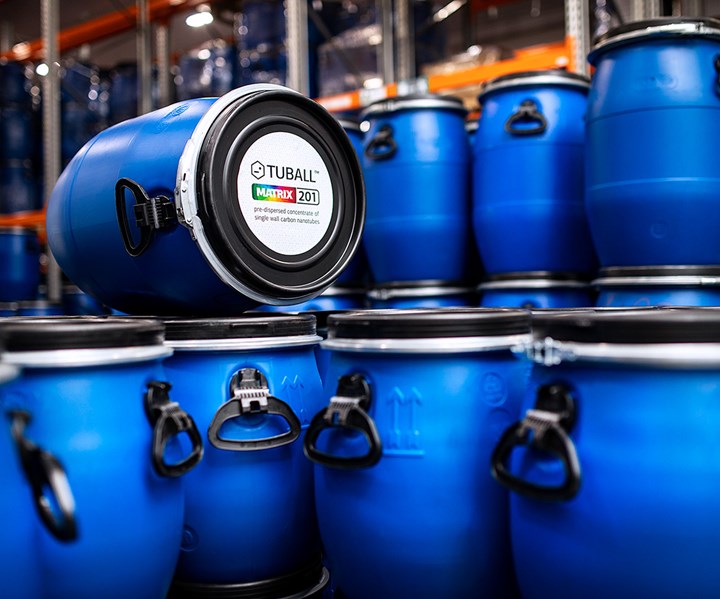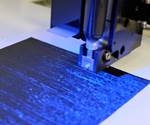OCSiAl upgrades REACH registration for single wall carbon nanotubes
The supplier says it is now able to commercialize up to 100 metric tonnes of its TUBALL graphene nanotubes per year in Europe.

Source | OCSiAl
On April 23, OCSiAl (Columbus, Ohio, U.S.) announced that it is now able to to commercialize up to 100 metric tonnes per year of its TUBALL single wall carbon nanotubes in Europe. The company’s dossier under the European Union’s “Registration, Evaluation, Authorization and Restriction of Chemicals” (REACH) legislation has been upgraded, as the company is now compliant with new Annexes on nanoforms.
OCSiAl says it plans to continue expanding markets for nanotubes and to widen industrial applications by scaling up its permitted volume in Australia and Canada in 2020, pending approval by the authorities.
According to the company, OCSiAl is now the only company in Europe able to commercialize up to 100 metric tonnes of single wall carbon nanotubes, which are also known as graphene nanotubes. This step allows the company to boost its presence in the region and to meet the growing market demand for industrial volumes of graphene nanotubes, OCSiAl says. The company’s current portfolio is reported to include more than 1,600 customers worldwide, with China and Europe as the two most rapidly expanding markets for nanotube applications in transportation, electronics, construction, infrastructure, renewable energy, power sources, sports equipment, 3D-printing, textiles, sensors and more.
Further, OCSiAl has, so far, initiated 16 studies related to the nature of graphene nanotubes and forming principles for their safe handling. Some of these studies were required by the revised REACH annex. According to OCSiAl, TUBALL nanotubes demonstrate no skin irritation, corrosion or sensitization, no mutagenic effect and no adverse effect on reproductive toxicity. In addition, ecotoxicity studies are reported to have shown no toxic effect on Daphnia or algae. The typical exposure values of respirable fraction of TUBALL in the workplace is much less than 5% of the Recommended Exposure Limits (REL) as per NIOSH in the United States.
Related Content
-
PEEK vs. PEKK vs. PAEK and continuous compression molding
Suppliers of thermoplastics and carbon fiber chime in regarding PEEK vs. PEKK, and now PAEK, as well as in-situ consolidation — the supply chain for thermoplastic tape composites continues to evolve.
-
Natural fiber composites: Growing to fit sustainability needs
Led by global and industry-wide sustainability goals, commercial interest in flax and hemp fiber-reinforced composites grows into higher-performance, higher-volume applications.
-
TU Munich develops cuboidal conformable tanks using carbon fiber composites for increased hydrogen storage
Flat tank enabling standard platform for BEV and FCEV uses thermoplastic and thermoset composites, overwrapped skeleton design in pursuit of 25% more H2 storage.

.jpg;width=70;height=70;mode=crop)










